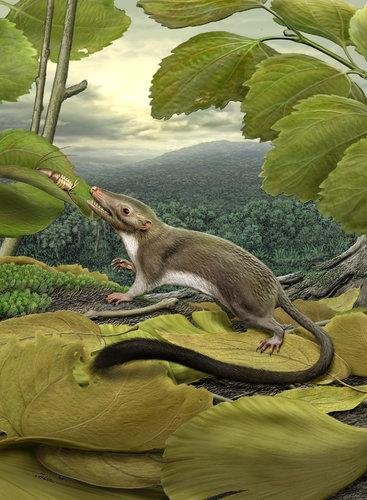A six year study analyzed genomic information and fossil evidence to construct a mammalian family tree, and discovered our earliest common mammal ancestor lived soon after the extinction of the dinosaurs 66 million years ago. The furry insect-eater's descendants spread around the world and evolved into all the major placental groups we have today.
Maureen O'Leary of Stony Bridge University in New York state and her team combined genetic information with data on more than 4500 anatomical traits from 46 living species and 40 fossil species to construct their family tree.







